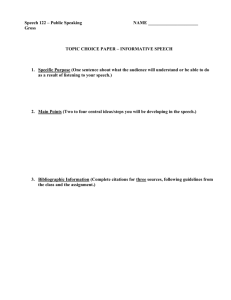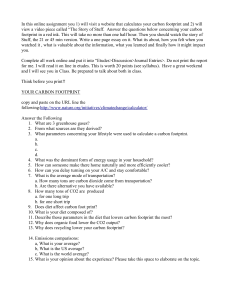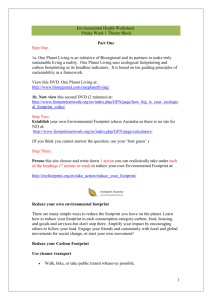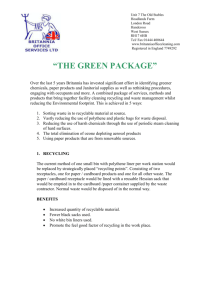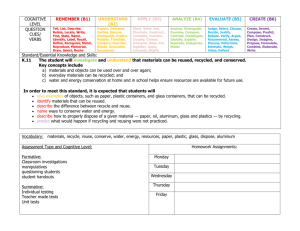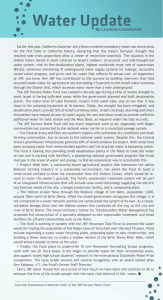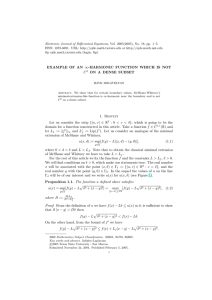Reduce your ecological footprint
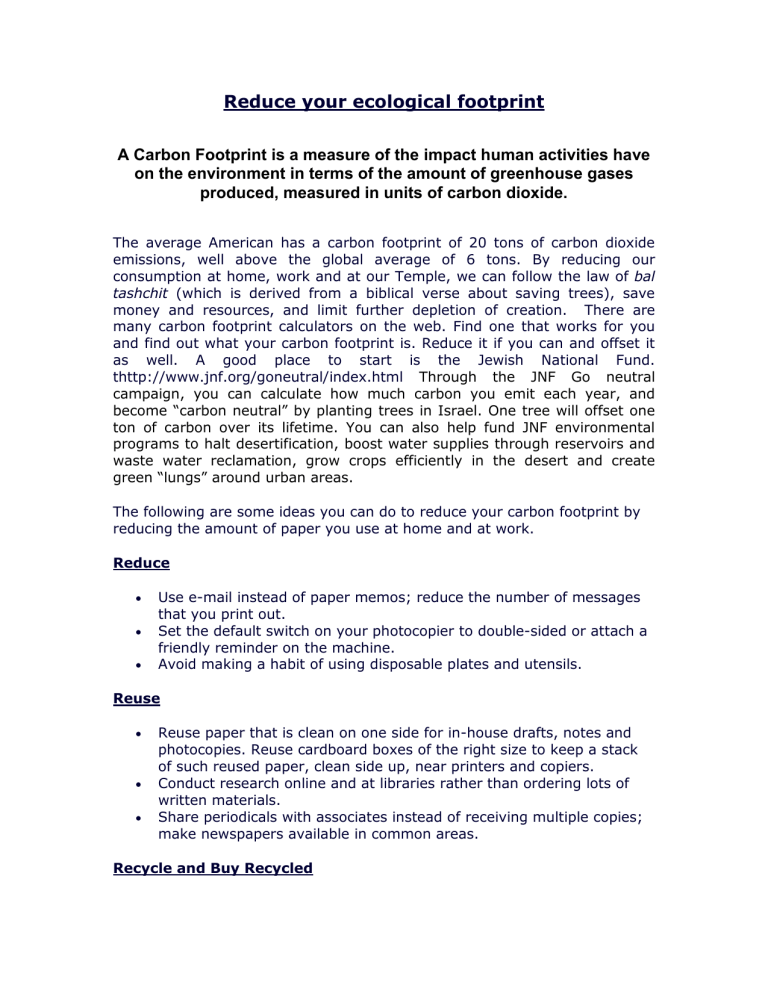
Reduce your ecological footprint
A Carbon Footprint is a measure of the impact human activities have on the environment in terms of the amount of greenhouse gases produced, measured in units of carbon dioxide.
The average American has a carbon footprint of 20 tons of carbon dioxide emissions, well above the global average of 6 tons. By reducing our consumption at home, work and at our Temple, we can follow the law of bal
tashchit (which is derived from a biblical verse about saving trees), save money and resources, and limit further depletion of creation. There are many carbon footprint calculators on the web. Find one that works for you and find out what your carbon footprint is. Reduce it if you can and offset it as well. A good place to start is the Jewish National Fund. thttp://www.jnf.org/goneutral/index.html Through the JNF Go neutral campaign, you can calculate how much carbon you emit each year, and become “carbon neutral” by planting trees in Israel. One tree will offset one ton of carbon over its lifetime. You can also help fund JNF environmental programs to halt desertification, boost water supplies through reservoirs and waste water reclamation, grow crops efficiently in the desert and create green “lungs” around urban areas.
The following are some ideas you can do to reduce your carbon footprint by reducing the amount of paper you use at home and at work.
Reduce
Use e-mail instead of paper memos; reduce the number of messages
that you print out.
Set the default switch on your photocopier to double-sided or attach a
friendly reminder on the machine.
Avoid making a habit of using disposable plates and utensils.
Reuse
Reuse paper that is clean on one side for in-house drafts, notes and photocopies. Reuse cardboard boxes of the right size to keep a stack of such reused paper, clean side up, near printers and copiers.
Conduct research online and at libraries rather than ordering lots of written materials.
Share periodicals with associates instead of receiving multiple copies; make newspapers available in common areas.
Recycle and Buy Recycled
Recycle office paper, newspapers, cardboard, magazines, colored paper and scrap wood. Make sure you’ve done the research to know what goes where.
Buy copier paper, paper towels, tissues, and toilet paper with at least 50%
"post-consumer recycled content." The higher the post-consumer content, the greater the amount of materials that have been through the entire recycling process - and the greater the savings of precious natural resources and energy. This, called ‘closing the loop,’ is the most important part of recycling.
Sources: COEJL.org, jnf.org/goneutral
